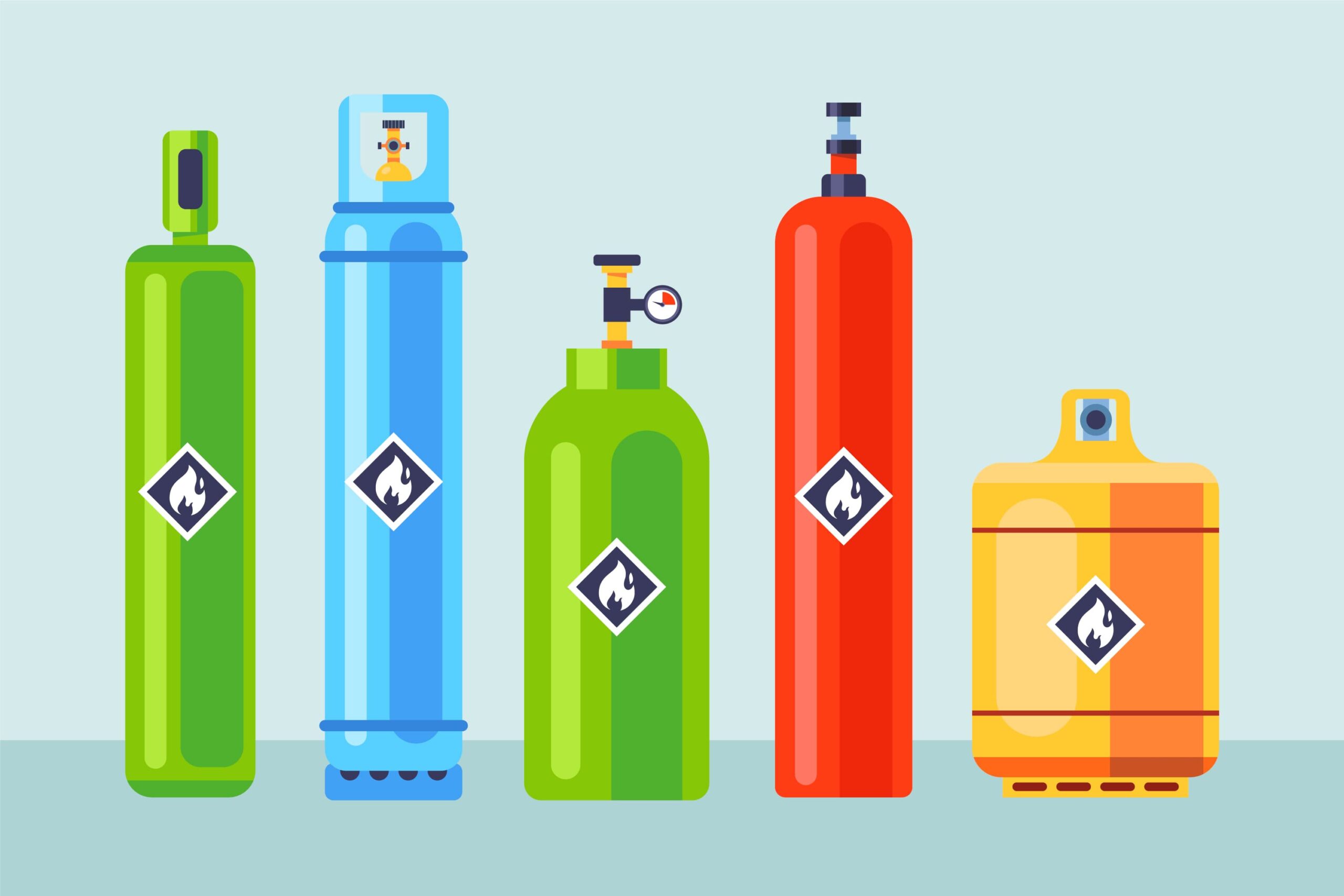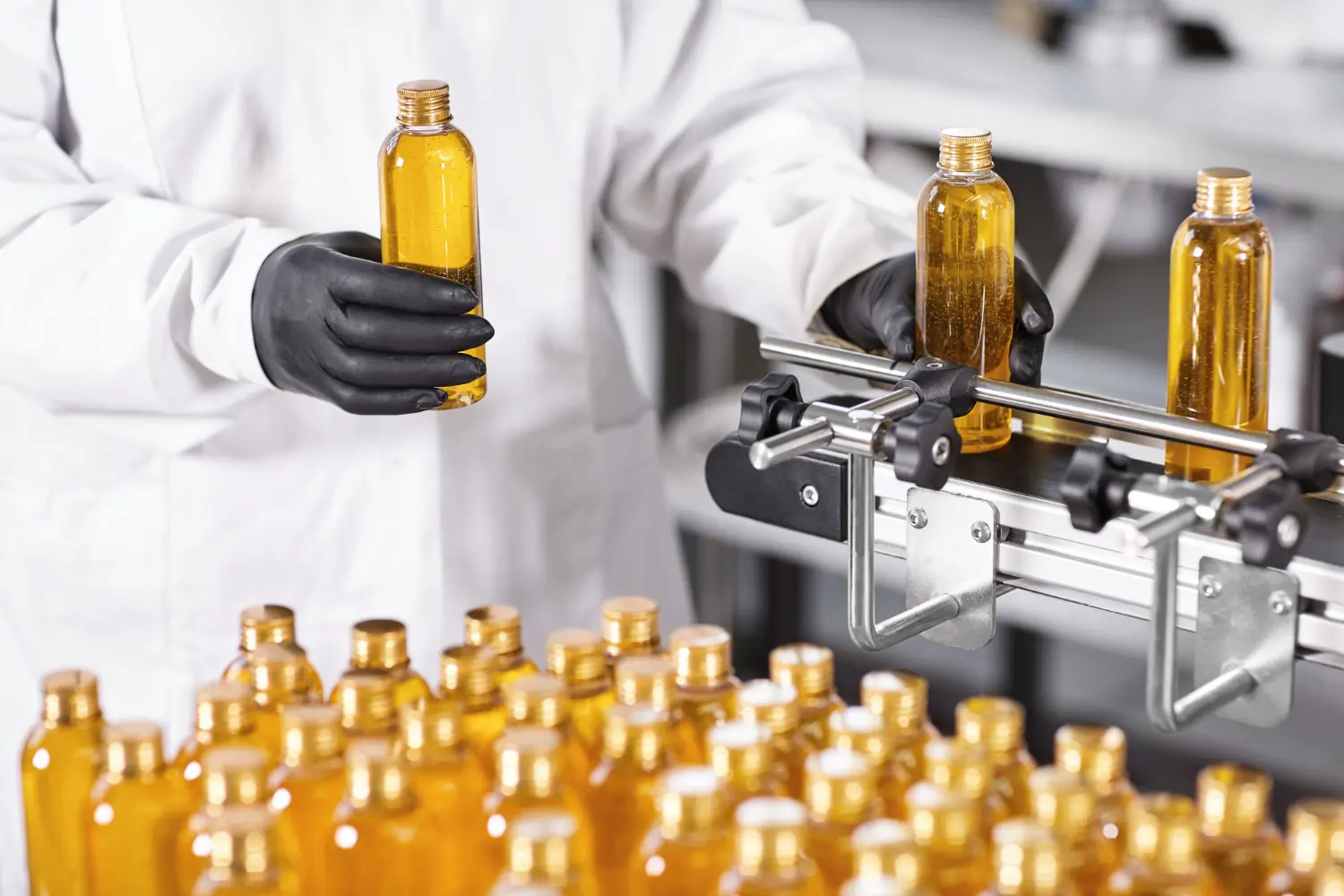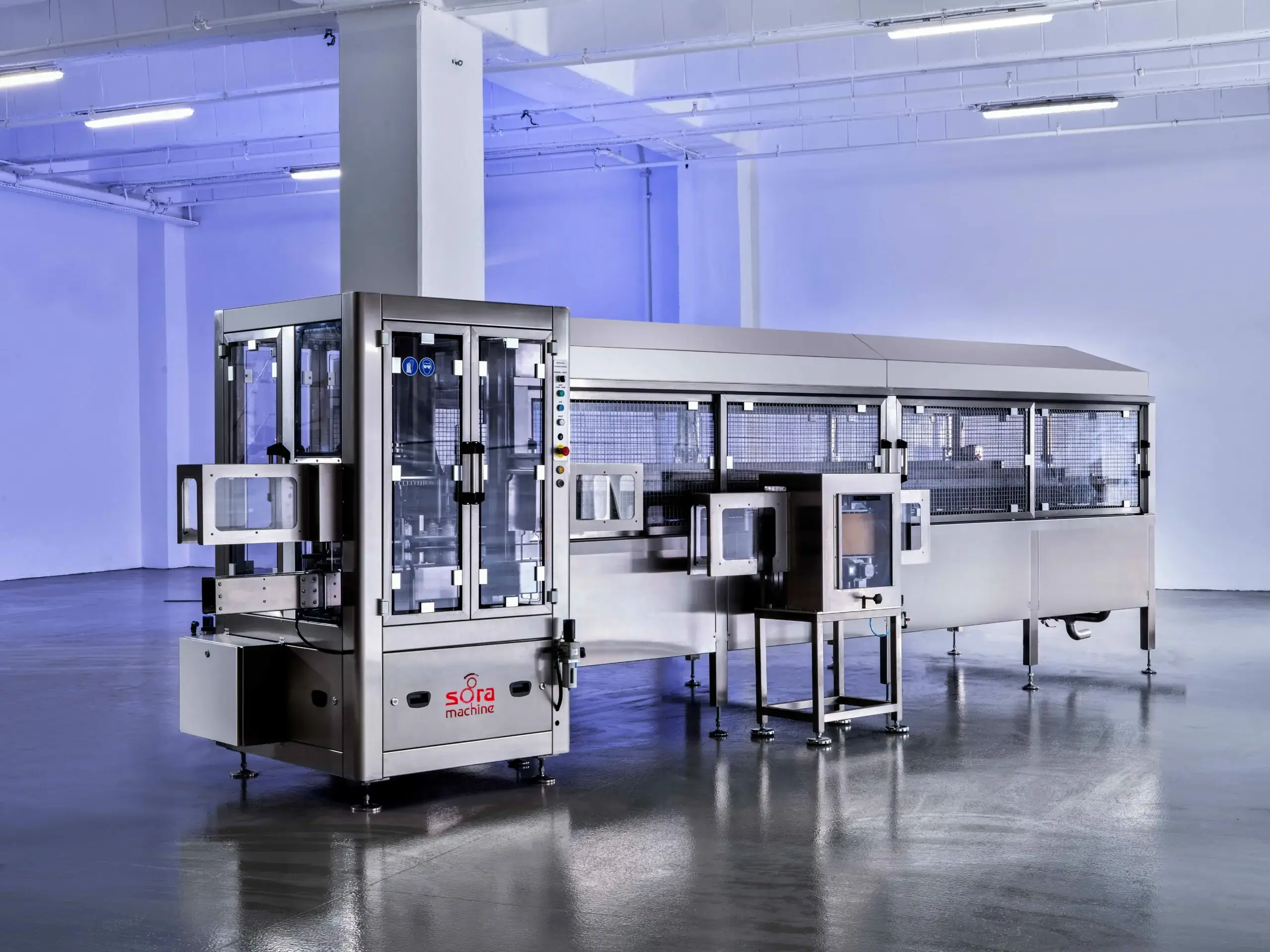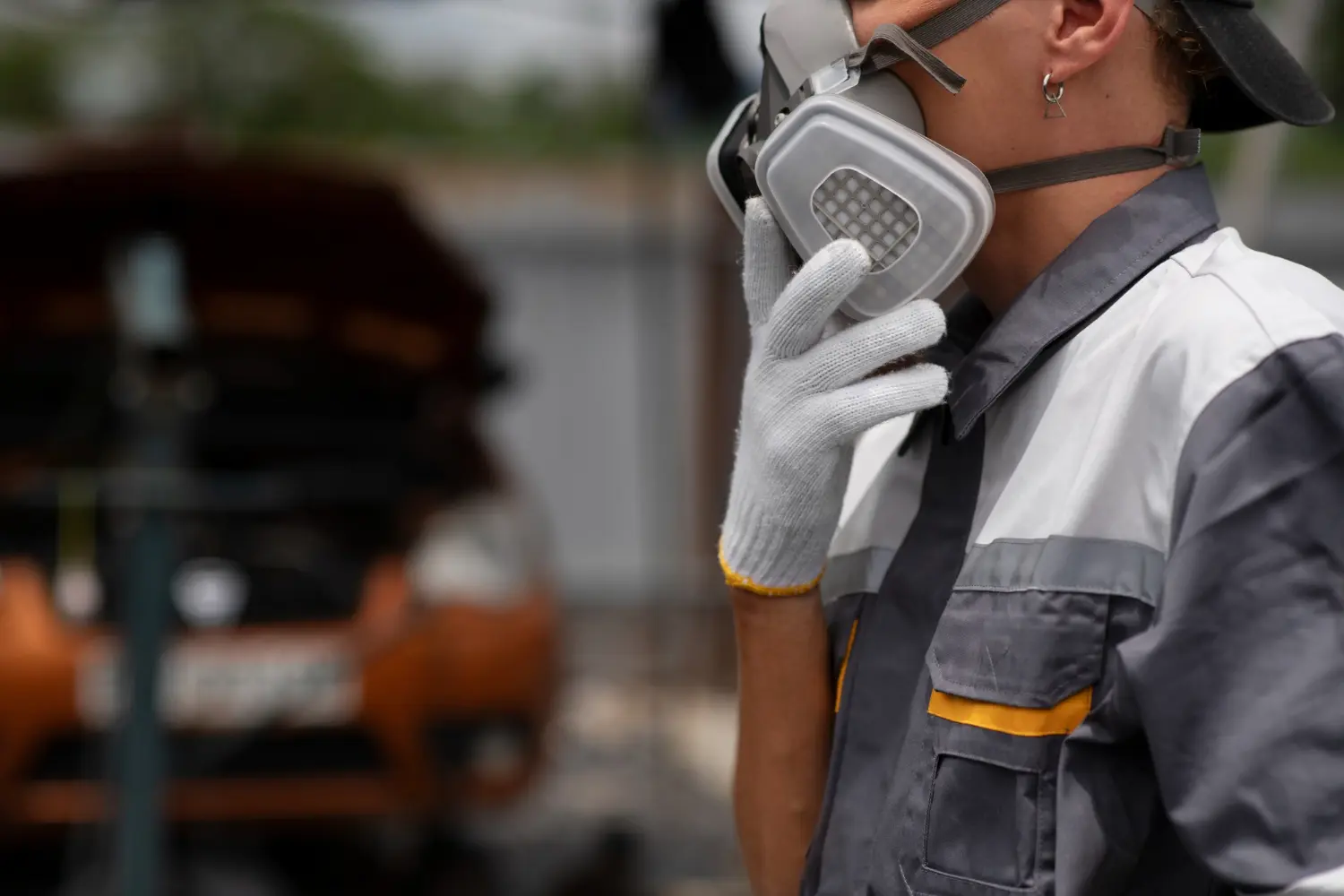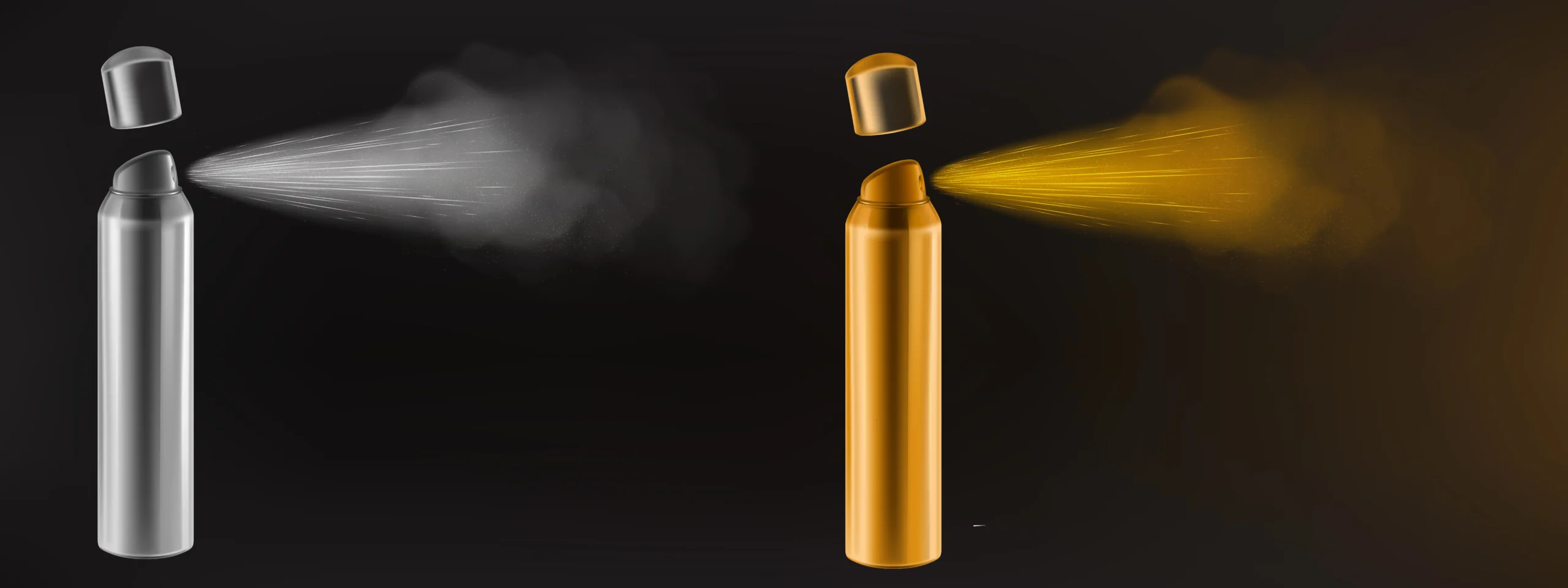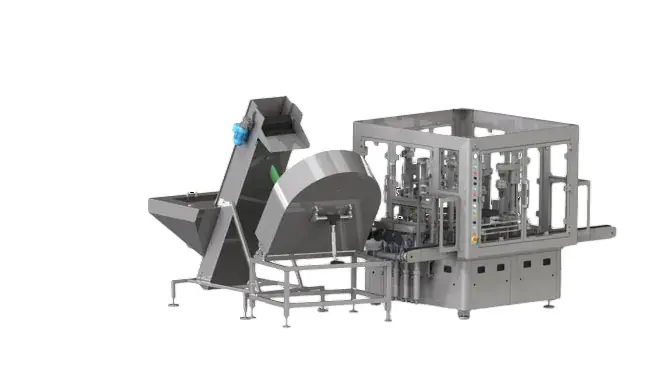In the fast-paced world of aerosol production, ensuring the seamless operation of your filling machines is paramount. A well-structured aerosol filling machine maintenance plan not only guarantees product quality but also extends the lifespan of your equipment. Let’s delve into the essential steps and considerations for establishing an effective maintenance routine.
Why is Regular Maintenance Vital for Aerosol Filling Machines?
Regular maintenance of aerosol filling machines is crucial to prevent unexpected breakdowns, ensure consistent product quality, and maintain operational efficiency. Neglecting routine checks can lead to contamination, inaccurate filling volumes, and increased downtime, all of which can be costly for production lines. Implementing a comprehensive maintenance schedule helps in early detection of potential issues, thereby reducing the risk of major failures and ensuring compliance with industry standards.
Where to Start the Maintenance Routine? Prepare the Basic Checklist
Initiating a maintenance routine begins with a thorough understanding of your equipment’s components and their specific maintenance needs. Developing a basic checklist is essential. This should include daily tasks like cleaning nozzles and valves, checking for air leaks, and ensuring smooth actuator movement. Weekly inspections might involve examining pneumatic lines and emptying waste trays. Monthly checks could focus on more in-depth evaluations, such as inspecting seals and calibrating sensors. By systematically addressing each component, you lay the foundation for a robust maintenance plan.
How Should Failure Logs and Maintenance History Be Tracked?
Maintaining detailed records of maintenance activities and equipment failures is essential for continuous improvement. Implementing a digital tracking system allows for easy documentation and retrieval of maintenance history. These records help in identifying recurring issues, assessing the effectiveness of maintenance strategies, and planning future interventions. Regularly reviewing these logs ensures that the maintenance plan evolves to meet the changing needs of the equipment.
Which Preventive Maintenance Methods Are Effective in Reducing Machine Downtime?
Preventive maintenance focuses on regular, planned interventions to prevent equipment failures. Effective methods include:
- Scheduled Inspections: Regularly check critical components for signs of wear or damage.
- Lubrication: Ensure moving parts are adequately lubricated to reduce friction and wear.
- Calibration: Periodically calibrate sensors and control systems to maintain accuracy.
- Cleaning: Keep the machine clean to prevent contamination and buildup that can impair function.
Implementing these methods reduces unexpected downtime and extends the lifespan of the equipment.
How Should a Backup Strategy Be Created for Critical Parts?
Having a backup strategy for critical components is vital to minimize production interruptions. Identify parts that are prone to wear or have longer lead times for replacement. Maintain an inventory of these components to ensure quick replacements when necessary. Establish relationships with reliable suppliers to expedite the procurement process. Regularly review and update the inventory based on usage patterns and equipment performance.
Operational Discipline is Essential for Long-Lasting and Efficient Machine Use
Consistency in maintenance practices and adherence to established protocols are key to the longevity and efficiency of aerosol filling machines. Operational discipline involves regular training, clear communication, and a commitment to following maintenance schedules. By fostering a culture that values meticulous care and attention to detail, organizations can ensure their equipment operates at peak performance, reducing costs and enhancing product quality.
In conclusion, a well-planned and executed maintenance routine is indispensable for the optimal performance of aerosol filling lines. By integrating daily, weekly, and monthly tasks, empowering operators, maintaining detailed records, and preparing for contingencies, organizations can achieve efficient and uninterrupted production. Operational discipline and a proactive approach to maintenance not only safeguard equipment but also contribute to the overall success of the manufacturing process.




